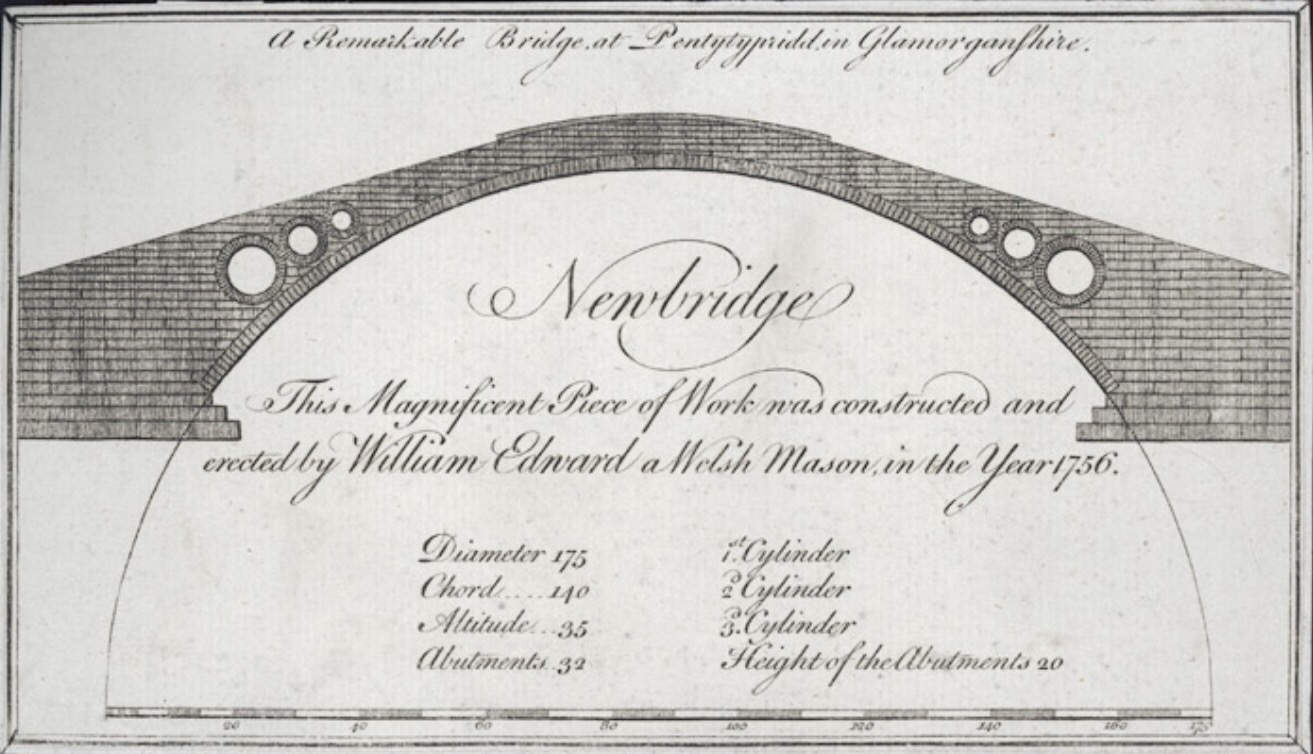Road Map Fatigue. One of my (many) failings is getting irritated by the ‘change road maps’ you see on office walls. You know what I mean.
I’m particularly triggered by those proclaiming a ‘road to a better culture’.
Please can we rip up the road maps and start learning to use a compass – because it’s a complex world out there.

Rip up the Road Map. Some of my irritation with these road maps comes from a feeling that they are a bit dishonest. They ‘promise’ a future that is certain and guaranteed. If you just do all of the things on the road map, you WILL get that better culture. The second point is that it always feels a bit ‘done to’. Someone else’s ‘vision’ of the future, with arbitrary milestones to measure your progress. Let me explain…
- Outcomes emerge in a complex adaptive system. Most organisations are made up of real human people. Individuals who are beautifully diverse and behave in curious and unpredictable ways. There are just too many variables to predict the future with any confidence. Outcomes will ’emerge’ and are unlikely to be what was predicted. I’ve written about this in, Campbell’s Law and why Outcome Measurement is a Dead Cobra.
- Somebody else’s perfect future. Despite the ‘consultation and engagement’ circus you often see there’s still a terrible whiff of ‘doing it to’ people. At the end of the day it’s people at the ‘top of of the pyramid’ deciding the future for everyone else. That feels a little bit ‘colonial’ to me, “control over people… forcing their own language and values (and vison of the future) onto those people”.
- Flogging a Dead Horse. We all know this stuff doesn’t really work. Paul Taylor has written about it many times and introduced me to the phrase ‘change washing’. There’s a huge industry of change management yet, how much change does it deliver? Have a look at these from Paul;
- The Ship of Theseus. Lots of people will have seen change initiatives before, and are very effective at resisting them. I wrote about this here, Swapping a few ‘planks’ probably won’t change the identity of your organisational ‘ship’. Continuing the Nautical Theme…

Learn to use a Compass. But what happens if you rip up the road map? Me getting irritated is all well and good, but is there an alternative approach? We can’t just stand around and do nothing.
This is where the compass comes in. It’s all about setting off in the right direction and navigating your way through the complexity. The approach is described as the Vector Theory of Change developed by Dave Snowden. It’s clearly explained in this document from Linda Doyle from the Cynefin Centre. The main points for me:
- Start from where you are. Properly understanding the current situation is essential. This gives a fair idea of what might (and might not be possible). The idea of looking for ‘disposition’ towards change is explained in Linda’s article. It’s far easier to work with someone/thing disposed to changing than shoving against a closed door. Beware though, this does take serious deep work.
- Set a direction and find stepping stones. This is where the compass comes in. It gives you a general direction of travel, without being constrained by a road map. It’s far easier to cross a river by using stepping stones than trying to leap across. Linda’s article talks about the idea of ‘adjacent possibles’, linking back to behaviour change science. I like adjacent possibles. They offer the prospect of compromises, common ground, and agreement. A far easier prospect than ‘leaping the chasm’.
- Co-design interventions. Again linking back to behaviour change science, think about small nudges (rather than shoves). Use multiple safe to fail probes to gather data and understand what is possible. Sometimes the ‘probes’ are called Trojan Mice explained here in; Trojan Horses are not Trojan Mice. 5 Questions to Spot the Difference. Above all do things together, with the people affected by the change. A co-productive approach.
- Seek & Use continuous feedback. This might seem like a statement of the obvious, but it needs saying. If you are co-designing interventions and sending out Trojan Mice, you need to understand what they have experienced, and act upon it. Learn from the experience, amplify the desirable things (that will keep you on the compass bearing) and dampen the things that don’t help.
- Repeat. Keep doing all of the above, particularly Point 4, until you are happy you’ve arrived.
The journey can be more enjoyable than the destination. I must admit, I feel better for writing that. There is some truth in the statement that the journey can be as enjoyable as arriving at the destination. If you fancy a bit more of a creative writing angle, have a look at this from Linda.
So, What’s the PONT?
- Road Planning maps aren’t suited to change in complex situations. They oversimplify and drive people towards imagined outcomes (that probably aren’t right or achievable).
- A vector based approach is better. Work with the disposition to change within the system, use a ‘compass’ to guide you along the direction, and Trojan Mice to probe the territory. It has a far better chance if ‘arriving’, especially if it’s done together, gyda’n gilydd, co-productively.
- All of the above doesn’t offer quick guaranteed success. It involves a lot of deep, serious hard work. Unfortunately that isn’t popular. So I expect to be irritated by road maps for some time to come.
PS. You can always tell when a change programme is waning. The road map has started on it’s journey from high profile places (reception / CEO office wall) through to less obvious venues, like the fire escape stairwell. A sort of journey along the road to oblivion, making way for the next change initiative road map.


Leave a comment